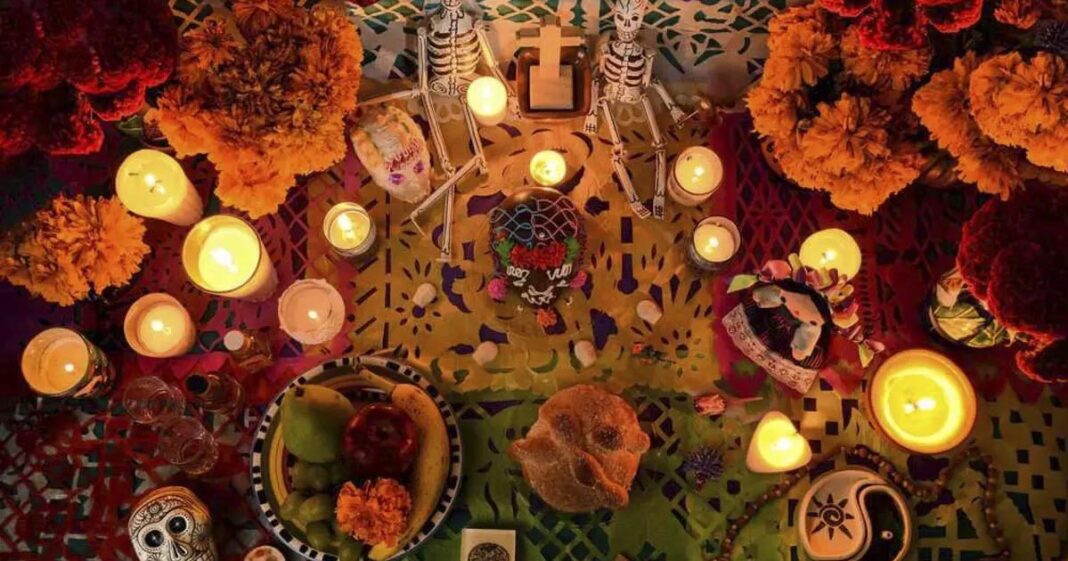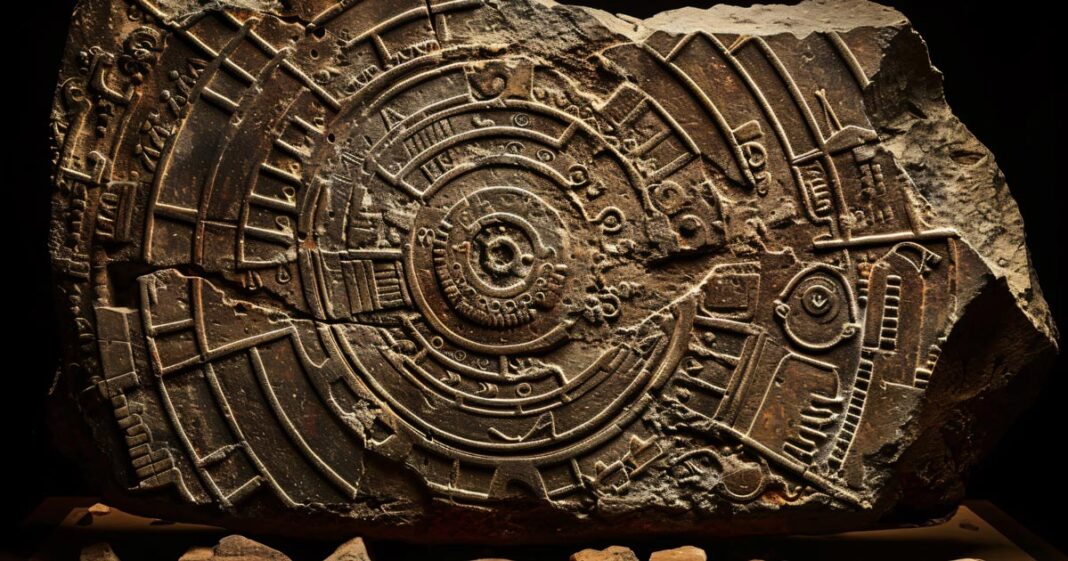
The world is home to a fascinating variety of religions and spiritual movements. While mainstream faiths dominate, there are numerous bizarre religions and cults that have emerged over the years, each with its own peculiar beliefs and practices. Some of these are outright strange, while others have managed to gain significant followings. Let’s take a deep dive into some of the most unusual religions and cults from around the world, including a few with connections to India.
- The Church of Euthanasia (USA)
Founded in the 1990s by Chris Korda, this controversial group promotes extreme population control through slogans like “Save the Planet, Kill Yourself.” Though largely inactive now, the church once advocated bizarre methods to curb overpopulation.
- The Aetherius Society (UK)
This religion, founded by George King in the 1950s, believes that extraterrestrial beings have visited Earth and continue to communicate with select individuals. Followers conduct prayer sessions aimed at harnessing cosmic energy for world peace.
- The Nuwaubian Nation (USA)
Originally a black supremacist movement, the Nuwaubian Nation evolved into a religious cult that combined Egyptian mysticism, UFO theories, and Islamic beliefs. Its leader, Dwight York, was later arrested for multiple crimes.
- Raëlism (France)
Founded by Claude Vorilhon, or Raël, this movement claims that humans were created by an advanced alien race called the Elohim. Raëlians have advocated for human cloning and have built “embassies” for extraterrestrial visitors.
- Jain Ascetics (India)
Jainism is an ancient Indian religion, but its most extreme followers, the Digambara monks, renounce all material possessions, including clothing. Their dedication to non-violence extends to sweeping the ground before walking to avoid harming insects.
- Aghori Sadhus (India)
Among the most bizarre religious groups in India, the Aghoris believe in embracing pollution and impurity to achieve spiritual liberation. They are known for living near cremation grounds, smearing ashes on their bodies, and even engaging in ritualistic cannibalism.
- The Church of the Flying Spaghetti Monster (Global)
Started as a satirical protest against the teaching of intelligent design in schools, this “religion” worships a deity made of spaghetti and meatballs. Despite its humorous origin, it has gained legal recognition in some countries.
- The Bullet Baba Shrine (India)
In Rajasthan, India, people worship a Royal Enfield motorcycle known as “Bullet Baba.” Legend has it that after a man named Om Banna died in a crash, his bike kept returning to the accident site despite being moved by authorities. Locals now pray to the bike for protection.
- The Happy Science Religion (Japan)
Founded in 1986 by Ryuho Okawa, this group believes Okawa is a divine being who channels messages from great spirits, including Jesus and Confucius. The movement has political ambitions and has formed a political party in Japan.
- Zoroastrianism’s Tower of Silence (India/Iran)
Zoroastrians, primarily found in India (Parsis) and Iran, follow an ancient ritual of sky burials. They place their dead in Towers of Silence, where vultures consume the bodies, avoiding contamination of earth and fire.
- The Ananda Marga Movement (India)
This socio-spiritual organization, founded by Prabhat Ranjan Sarkar, combines yoga, meditation, and social activism. Though often associated with controversial political activities, it has influenced thousands worldwide.
- The Heaven’s Gate Cult (USA)
This doomsday cult believed that a spaceship following the Hale-Bopp comet would take their souls to another dimension. In 1997, 39 members committed mass suicide in an attempt to reach this spaceship.
Indian Success Stories from Unorthodox Beliefs
Despite some of these religions being extreme, India has seen individuals from unconventional spiritual backgrounds achieve great success.
One such example is Sadhguru Jaggi Vasudev, the founder of the Isha Foundation. While his movement is not a cult, his unique approach to yoga and spirituality has drawn millions of followers worldwide. His contributions to environmental projects have earned him accolades, including the Padma Vibhushan, India’s second-highest civilian award.
Another interesting case is that of Sri Sri Ravi Shankar, founder of the Art of Living Foundation. His teachings on meditation and stress relief have gained international recognition, and he has received several international peace awards for his work in conflict resolution.
Similarly, the Parsis of India, who practice Zoroastrianism, have made an immense contribution to Indian society. Icons like J.R.D. Tata, a pioneer in Indian aviation and industry, and Ratan Tata, one of India’s most respected business leaders, have played significant roles in shaping modern India. The Tata family’s philanthropic work is globally recognized.
Conclusion
While many of these religions and cults seem bizarre, they reflect humanity’s endless quest for meaning, spirituality, and connection. Some have led to positive societal contributions, while others have descended into extremism. India, with its deep spiritual heritage, has witnessed a mix of traditional and unconventional movements, proving that faith and belief continue to evolve in the most unexpected ways.
Whether inspiring or bizarre, these groups remind us that the world of religion is as diverse as it is strange. And sometimes, the most unconventional paths lead to the most extraordinary achievements.





